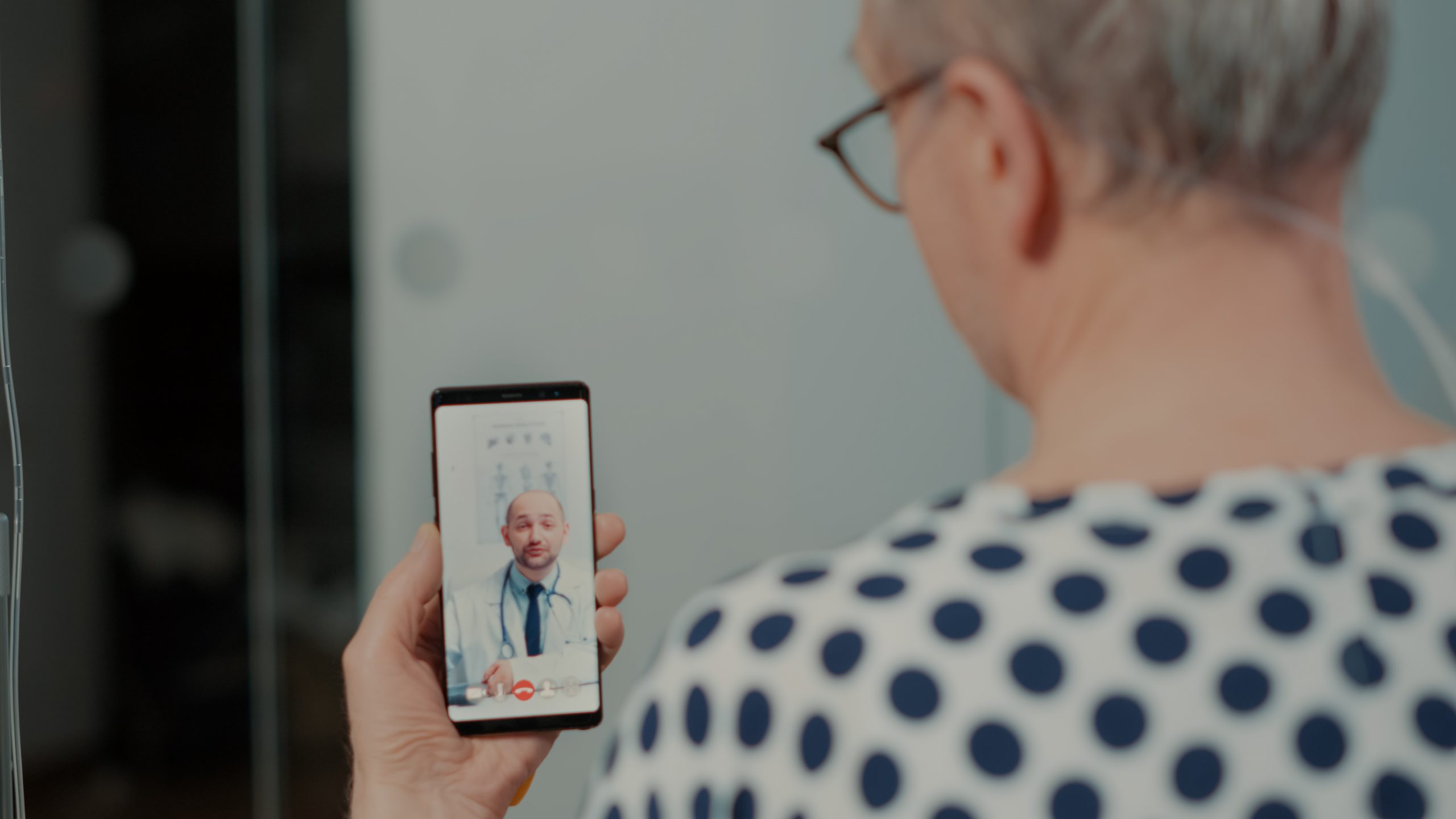The year 2020 marked an acceleration in the maturation of several digital innovations in information and communication technologies, at a pace unprecedented in this new century, which also affected ophthalmology. In fact, every sector, including healthcare, has been caught up in the digital transformation. Digital innovations, including the consolidation of tele-medicine, the development of fifth-generation (5G) wireless networks, artificial intelligence (AI), machine learning (ML) and the Internet of Things (IoT), have created an extraordinary ecosystem for new opportunities in healthcare. These innovations could radically change the screening, diagnosis and monitoring of diseases, enable more accurate profiling of disease progression, and allow treatments to be increasingly personalised according to patients' needs.
In 2019, the World Health Organisation (WHO) began developing a framework for the adoption of digital innovations and technologies in healthcare. The WHO recommendations on digital interventions in health promote their evaluation on the basis of 'benefits, harms, acceptability, feasibility, resource use and equity considerations', and assess these tools in the journey towards achieving universal and sustainable health coverage.
Moreover, all these new technologies have made clear the need to monitor patient safety, privacy, data traceability, ethical issues, with plans to be put in place to deal with any breaches.

Telemedicine
Telemedicine allows doctors to assess their patients remotely. The greatest benefit is to facilitate a more efficient and equitable distribution of healthcare resources. Indeed, telemedicine makes it possible to provide care in rural areas where there is a shortage of doctors, reduces the number of journeys to facilities and the resulting pollution, and connects patients with rare diseases to specialised treatment centres, thus reducing waiting times.
In the field of ophthalmology, smartphones connected to slit-lamps enable ocular biomicroscopy, allowing specialists to view the patient's examination in real time without the patient being present. Images and data can also be shared quickly and in real time with other specialists.
Fifth generation telecommunications (5G)
5G wireless communications are designed to create complex network connections on a large scale. These networks have a higher data rate through the use of higher frequency millimetre waves than existing networks. As a result, high-resolution images can be transferred more easily and there will be better quality video consultations, including in the field of ophthalmology. The immersive experience promised by 5G can also be used to enhance learning, for instance in surgery techniques. 6G technology is also currently in development.
Internet of Things (IoT)
The Internet of Things is the interconnection network between devices and machines and is so called precisely to differentiate it from the traditional Internet, which connects people.
These connections also have an impact on healthcare services. For example, the use of a smartwatch will make it possible to record a patient's arrival at the hospital automatically and upload images of his or her eye obtained from an eye examination. Medical records from different facilities could be integrated to form a single file, so that all doctors have an overview of the patient. Increased automation will also potentially reduce healthcare errors.
Artificial Intelligence
The concept of Artificial Intelligence (AI) was first introduced in 1956. Since then, the field has made considerable progress. From AI, Machine Learning (ML) was born, through which computer systems are able to learn from experience, without being programmed. In medical practice, ML is effective in image-centred specialities, from which it is able to identify various diseases (such as melanomas and tuberculosis).
In ophthalmology, ML applications are useful in digital photography of the ocular fundus and for automated screening and diagnosis of common sight-threatening diseases, including diabetic retinopathy, glaucoma, age-related macular degeneration and retinopathy of the premature.
Digital innovations for eye diseases
- - Diabetic retinopathy (DR)
DR screening programmes based on telemedicine with digital eye bottom photography are already well established in some countries, such as the UK, US and Singapore.
Already since 2016, many groups have experimented with the application of ML to DR screening.
The adoption of ML in telescreening allows non-ophthalmologist health professionals to perform examinations and make recommendations without the help of specialists.
- - Retinopathy of the premature (ROP)
Over the past decade, wide-field digital imaging (WFDI) systems have been used to assess paediatric patients with retinopathy, increasing the possibility for children to be screened, through the application of telemedicine, and to create comprehensive screening programmes. These imaging systems also enable the documentation of retinal findings and have the potential to improve precision diagnostics.
In 2020, the first artificial intelligence system for ROP was developed and received FDA approval.
- - Glaucoma
One of the technologies currently available for the diagnosis of glaucoma is screening through telemedicine, which can effectively detect the disease, especially through images of the ocular fundus. Artificial intelligence has promoted new advances in automated glaucoma screening through ML.
- - Age-Related Macular Degeneration (AMD)
The use of telemedicine for Age-Related Macular Degeneration (AMD) in the United States is very advanced and has focused on remote screening and monitoring systems, with the application of artificial intelligence.
Bibliography
